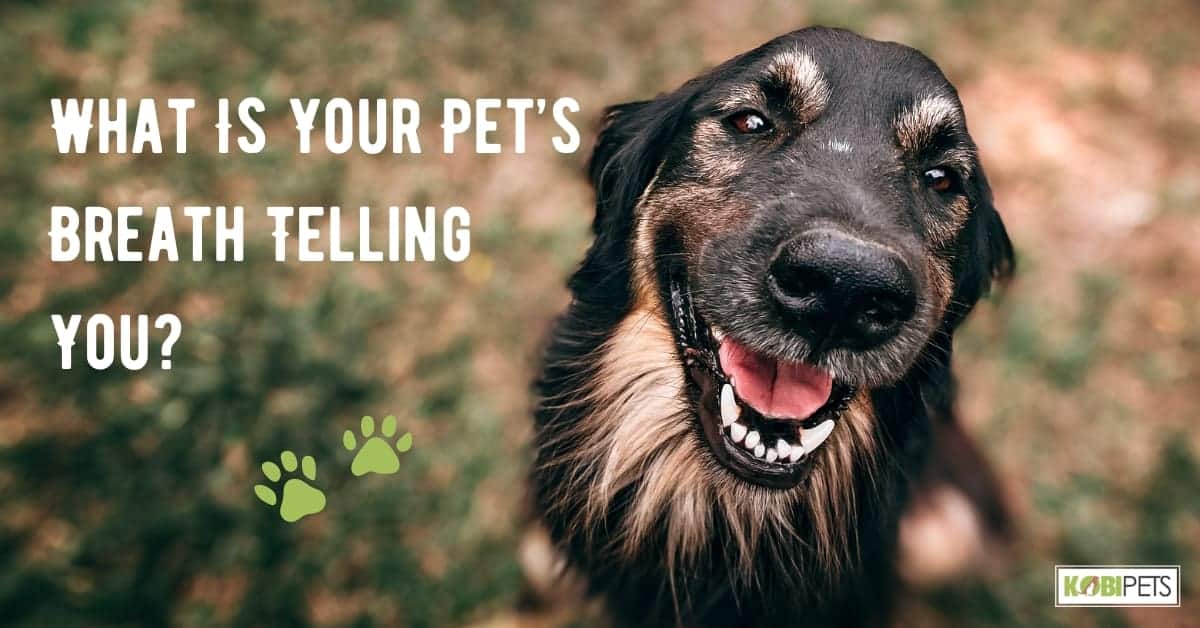
Your pet’s breath can tell you a lot about its overall health. The normal breath should be fresh and have only a slight odor. Abnormal breath can indicate various health problems such as dental problems, respiratory issues, gastrointestinal problems, metabolic problems, or infections.
In this blog post, we discuss what your pet’s breath is telling you and how to improve their oral health. Learn more about the signs of good or bad breath in pets, what abnormal breath can indicate, and how to check your pet’s breath.
What is Normal Breath for a Pet?
Normal breath for a pet can vary depending on the size and breed of the animal, as well as their current health status. Generally speaking, a pet’s breath should not have an unpleasant odor. If your pet’s breath smells unusually bad, it could be indicative of poor dental hygiene, or even worse, an underlying medical condition.
That being said, some pets may have naturally smelly breath due to breed-specific characteristics. Therefore, it is important to consult with your veterinarian if you have any concerns about your pet’s breath. Additionally, it is wise to keep up with routine dental care for your furry companion to ensure optimal health and well-being.
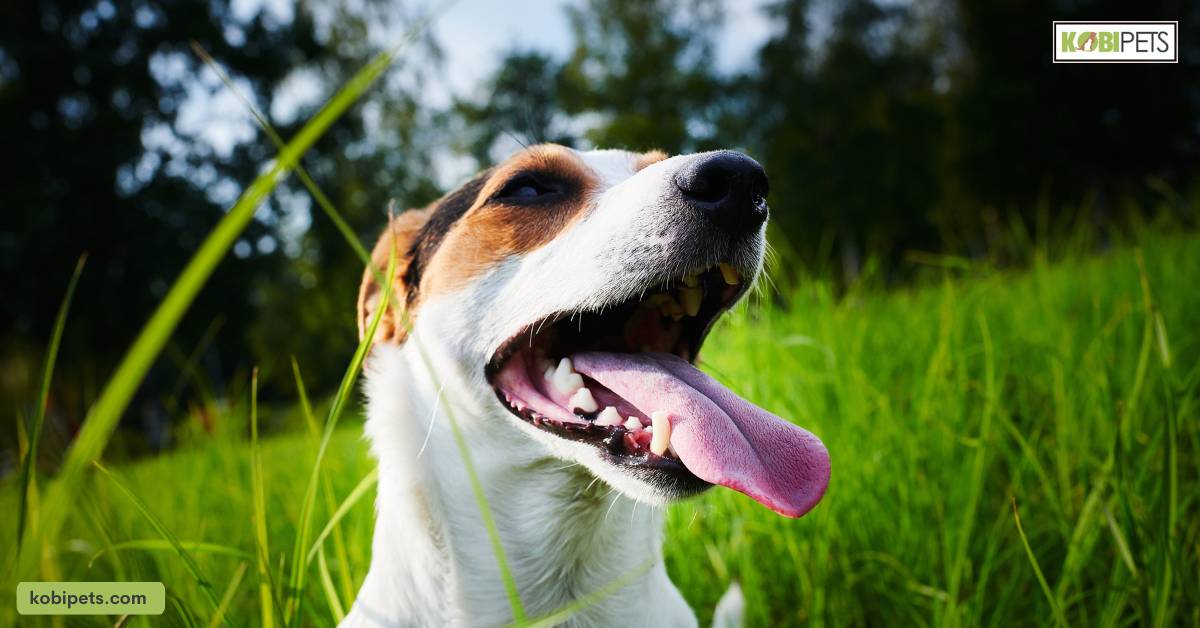
Sign of Good Oral Health on Pets
It is important to be aware of the signs of good oral health in your pet. This includes looking out for healthy gums, fresh breath, and white teeth. Good oral hygiene can reduce odors and other potential dental problems, ensuring your pet stays happy and healthy.
It is also essential to ensure your pet receives regular check-ups from a qualified veterinarian who can help spot any early signs of decay or infection. With the right attention and care, you can help keep your pet’s mouth in top condition and preserve its optimum well-being.
- Fresh Breath– Pets with good oral health typically have fresh breath that does not have an unpleasant odor.
- Healthy Gums– Healthy gums should be pink in color and should show no signs of inflammation or redness.
- Clean Teeth– Healthy teeth should appear relatively clean, free of any yellow or brown tartar buildup.
- Normal Eating Habits– Pets with good oral health should have normal eating habits and not show signs of pain or difficulty while eating.
- No Bad Breath– Pets with good oral health should have no bad breath regardless of breed.
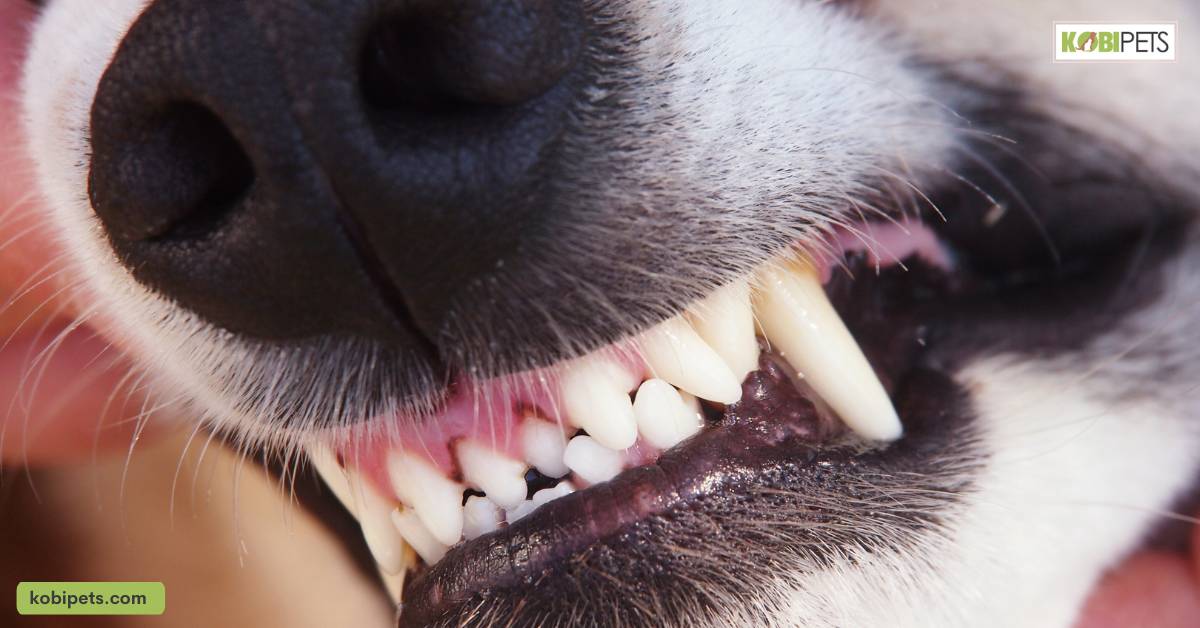
What Abnormal Breath Can Indicate
Dental problems
Pets, like humans, are prone to dental issues that can manifest in unexpected ways. Halitosis, more commonly known as bad breath, can indicate underlying problems with your pet’s teeth and gums.
Foul breath can signal that your pet is suffering from gum disease, tooth decay, and tartar buildup. Dental diseases can also cause pain which may lead to behavioral changes or difficulty eating.
It is essential to keep an eye out for these signs because periodontal disease can be a serious issue and may require professional treatment from your vet. If you notice any of these symptoms in your pet, it is best to consult a veterinarian right away as they will be able to detect any existing issues and recommend an appropriate course of action accordingly.
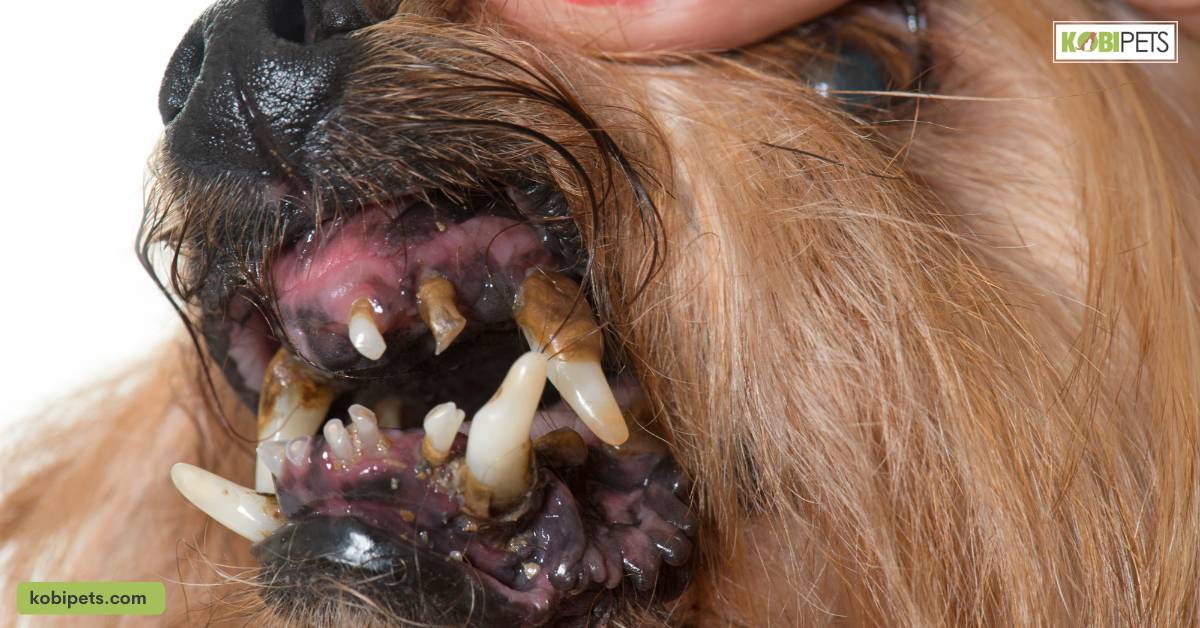
Respiratory issues
Unusual breath odor in animals can be a sign of a wide range of health issues. When your pet’s breath is noticeably different than the typical scent they give off, this may indicate an underlying problem.
Many respiratory conditions display similar symptoms, such as coughing and sneezing, and because they often affect the entire body they can lead to bad breath. Respiratory infections are some of the most common causes of bad breath in pets, including pneumonia, bronchitis, and kennel cough.
Fungal or bacterial respiratory infections typically cause more severe symptoms as well as strong-smelling breath. Other possible reasons for poor breath include gum disease caused by teeth plaque, which can also lead to damage to the heart, liver, or kidneys when left untreated for too long.
Although unusual behavior and excess drooling can often be confused with foul breath from respiratory problems, it is important always to check with your veterinarian if your pet’s breath doesn’t smell its normal self.

Gastrointestinal problems
Abnormal breath in pets can be indicative of a number of gastrointestinal issues. From dental disease and oral infections to digestion problems like pancreatitis or blocked intestines, all of these issues can cause bad smells to come from your pet’s mouth.
Depending on the severity, the abnormal breath may indicate a more serious disorder, such as kidney failure or cancer. It is always best to get your pet checked out by a professional if their breath is out of the ordinary in order to rule out any underlying health problems and treat them accordingly.
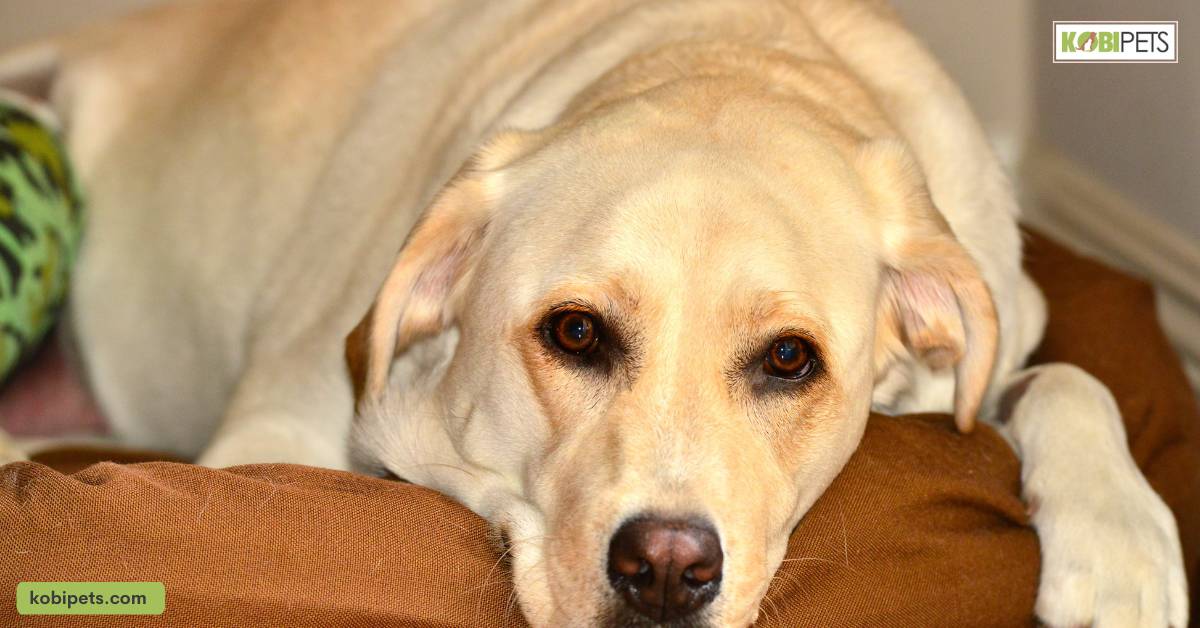
Metabolic problems
Abnormal breath odors can be one of the first indicators of a metabolic problem in pets. Metabolic issues can affect many vital organs and systems within the body, including the kidneys, liver, and pancreas. In addition to unpleasant breath odors, symptoms may also include changes in appetite or weight, diarrhea, vomiting, and excessive drinking or urinating.
If your pet is exhibiting signs of a metabolic issue such as these, it’s important to take them in for an evaluation with your veterinarian right away. Early diagnosis will allow for successful management of the condition before it becomes more serious and difficult to treat.
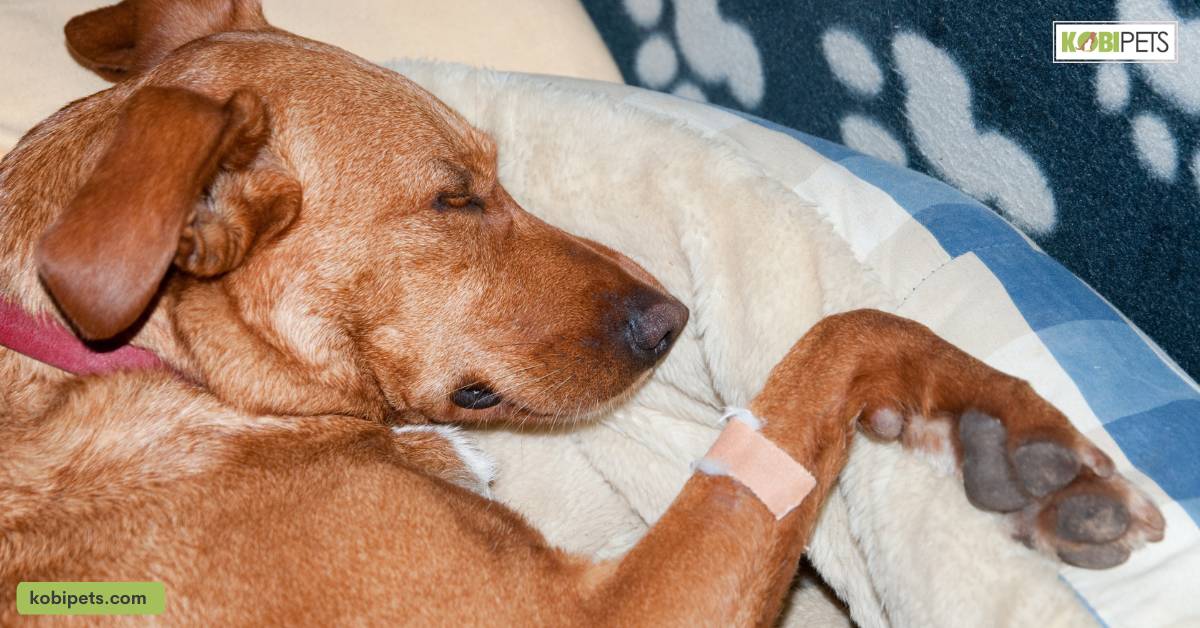
Infections
Pets may have breath that smells unusually sour or bad due to various infections or health conditions. In some cases, the infection might be localized to the dental area, in particular gingivitis or severe periodontal disease which can occur when a pet’s teeth are not regularly cleaned and maintained.
Other causes of abnormal breath odor include respiratory infections, liver disease, or even sorting and digestion problems. In addition to having their teeth checked by their vet, pets should also be screened for any underlying medical issues which could be causing an unusual odor in their breath.
The earlier these potential problems are identified and treated, the better chance your pet has for a complete recovery!
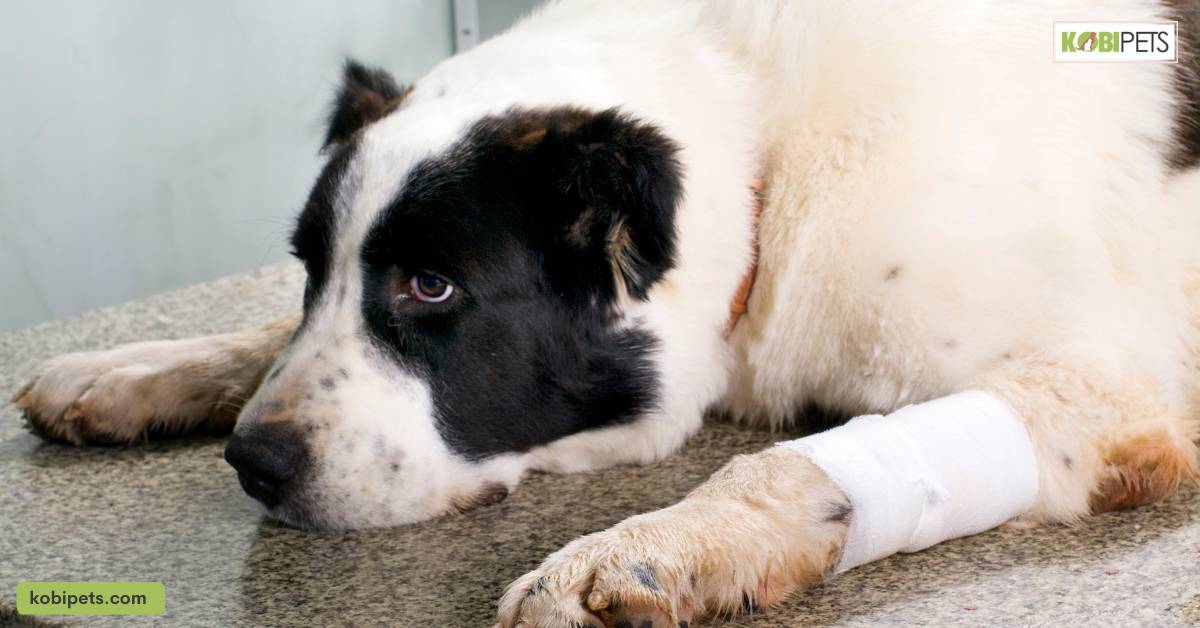
Ways to Check Your Pet’s Breath
Ensuring your pet’s dental health is an important part of pet ownership, and one way to assess their dental hygiene is to check their breath. Fortunately, there are several steps you can take to make sure your furry friend has good oral hygiene.
From self-inspections to asking a vet for professional advice, understanding the signs of bad breath and taking preventive action can keep your pet’s mouth healthy throughout their lifetime. So get ready to get sniffing – it’s time to take a closer look at your pet’s breath!
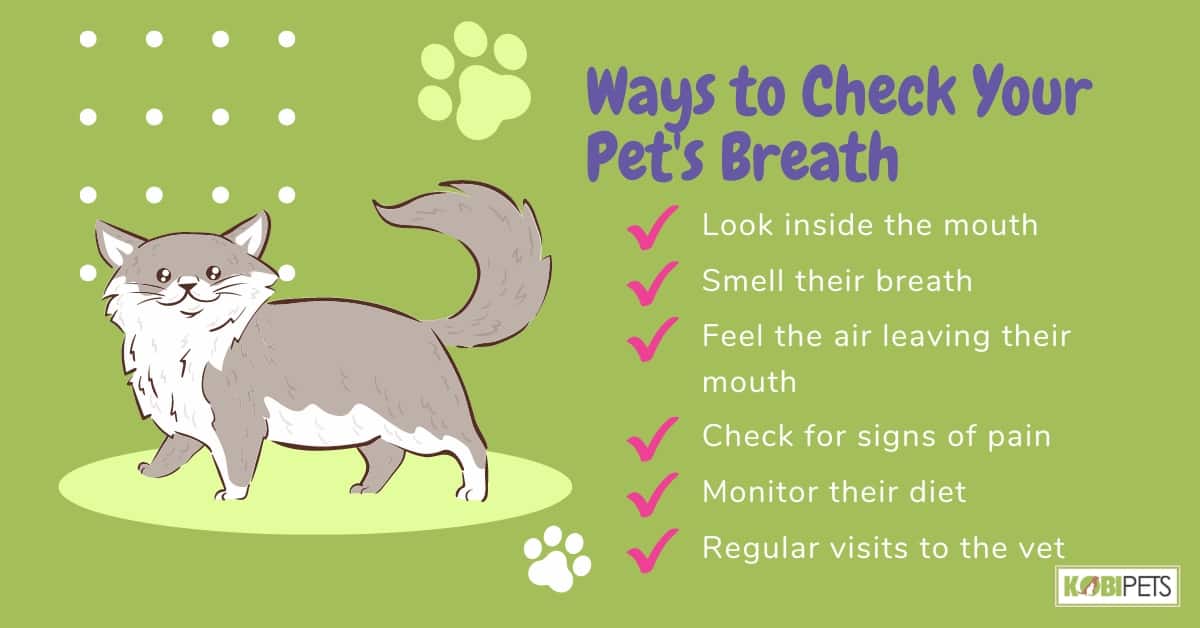
Ways to Check Your Pet’s Breath
- Look inside the mouth– Carefully inspect your pet’s mouth and look out for any signs of inflammation, redness, or discoloration. Check their teeth for any tartar buildup or periodontal disease.
- Smell their breath– Take a few quick sniffs and gauge how their breath smells. Abnormal smells can include a sour odor or one that is musty and unpleasant.
- Feel the air leaving their mouth– Place your hand close to your pet’s face as they exhale and feel for any unusual warmth or wetness coming from their breath.
- Check for signs of pain– Watch out for signs of pain when your pet eats, yawns, or is otherwise active. Abnormal breathing can be a sign that something else is wrong.
- Monitor their diet– Keep an eye on what they are eating and drinking to ensure they are not consuming anything that may be causing unusual odors in their breath.
- Regular visits to the vet– Schedule regular checkups with your veterinarian so that any underlying health issues can be caught early and treated accordingly.
How to Improve Your Pet’s Breath
A pet’s breath isn’t something we think about too often, but it can be a sign of underlying medical conditions. With specific strategies such as brushing, using dental treats, and consulting with a veterinarian for optimal nutrition, you can take steps to improve the odor and overall health of your pet.
- Provide good dental hygiene– Regularly brush your pet’s teeth with a vet-approved toothbrush and toothpaste. You can also provide dental chews or treats to help scrape away plaque buildup and keep their breath fresh.
- Feed them healthy food– Give your pet the best diet possible by providing nutritious, balanced meals and healthy treats.
- Limit sugary snacks– Too much sugar can lead to bad breath and tartar buildup, so make sure to limit your pet’s dessert intake.
- Provide regular exercise– Exercise is important for overall health, including dental hygiene! Regular physical activity will help keep your pet’s breath fresh and their teeth clean.
- Give them plenty of water– Encourage your pet to drink more water, as staying hydrated will also help keep their breath from becoming too smelly or sour.
- Visit the vet– Make sure to schedule regular visits with your veterinarian for checkups and professional cleanings if necessary.
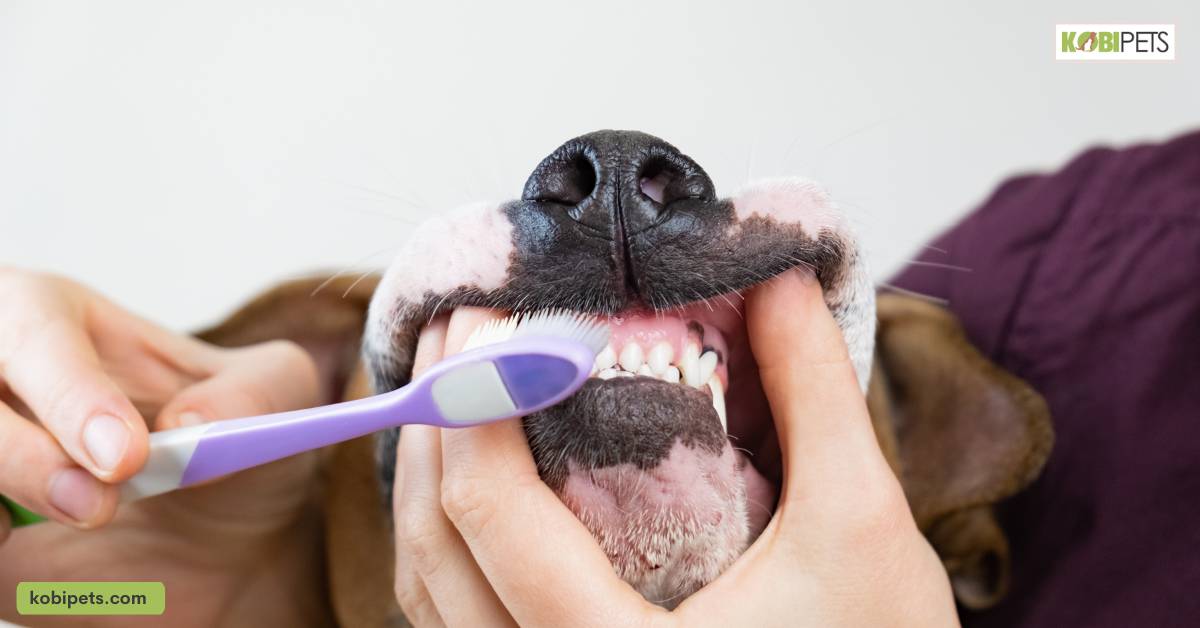
In Conclusion
Pet’s breath is an important indicator of its overall health and well-being. Bad breath can be a sign of dental disease or other underlying problems, so it’s important to pay attention to your pet’s breath and look for any signs of abnormalities.
By following the steps outlined in this blog post, you can help keep your pet’s mouth healthy and ensure their breath stays fresh. From brushing their teeth to providing regular checkups with the vet – taking a proactive approach to your pet’s oral hygiene will pay dividends in the long run.






